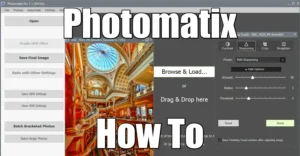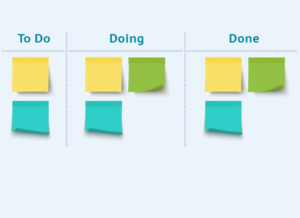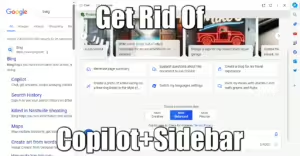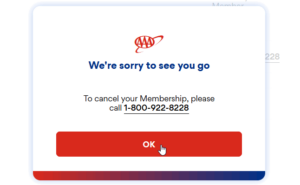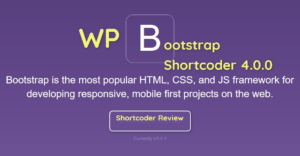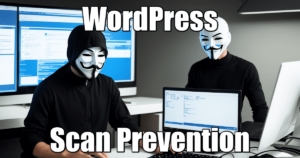Work Smarter 6: Focus by Eliminating Distractions with ‘if-thens’
2 min read
In our series dedicated to help you diagnose your own productivity challenges, and work smarter: create ‘if-thens’.
This course will give you the skills to help you manage your time, focus and energy.
In our last session we covered the Closed loop culture: a simple yet effective team-wide norm of noticing and helping close open loops when you see them. Today we show you how to Focus by creating ‘if-thens’. Let’s see how it works.
Identify the source of the loss of Focus
How often do you think your work gets interrupted?
- Every few minutes?
- Several times an hour?
- Every hour?
- Several times a day?
We are our own worst focus enemies
Research shows that in some industries, workers can be interrupted as often as every 12 minutes. That’s bad enough as it is, but there’s also a plot twist. About 44% of these disruptions are ‘self-interruptions.’
What is self-interruption?
A self-interruption is a turn away from your workflow. This means things like checking email, texts, social media, starting new projects or getting a snack.
The result? Interruptions increase stress, errors and frustration. This leads to wasted time and worse performance.
How can you reduce interruptions?
Co-create ‘if-thens’
One solution to reduce internal and external distractions is to anticipate them in advance and create rules. These rules help you make your best intentions happen and automate your behavior. We call them simply: ‘if-thens’.
Here’s how if-thens work.
- Think of a distraction you want to avoid (for example, too many emails)
- Select a behavior to counter it (batch processing emails)
- Find an ‘environmental prompt’ (an action, time or place) to trigger the desired behavior. For example, if it’s 12pm, then I will batch process my emails for a half hour.
Let’s see how if-thens look.
Instead of deciding how to handle a distraction in the moment, use your pre-programmed if-then to guide your actions.
Here’s some examples:
- Distraction: Social media
- If: Open laptop in the morning
- Then: Write down my MITs
- Distraction: Someone asks a quick question
- If: Question is complicated
- Then: Schedule a later time to discuss
- Distraction: Email notifications
- If: Need to focus
- Then: Turn off alert
Time to put it into practice!
Wrapping Up: create your own if-then.
- What is a distraction you want to avoid?
- What behavior can you use to counter it?
- What will be your if-then?
Next: The Pomodoro technique
